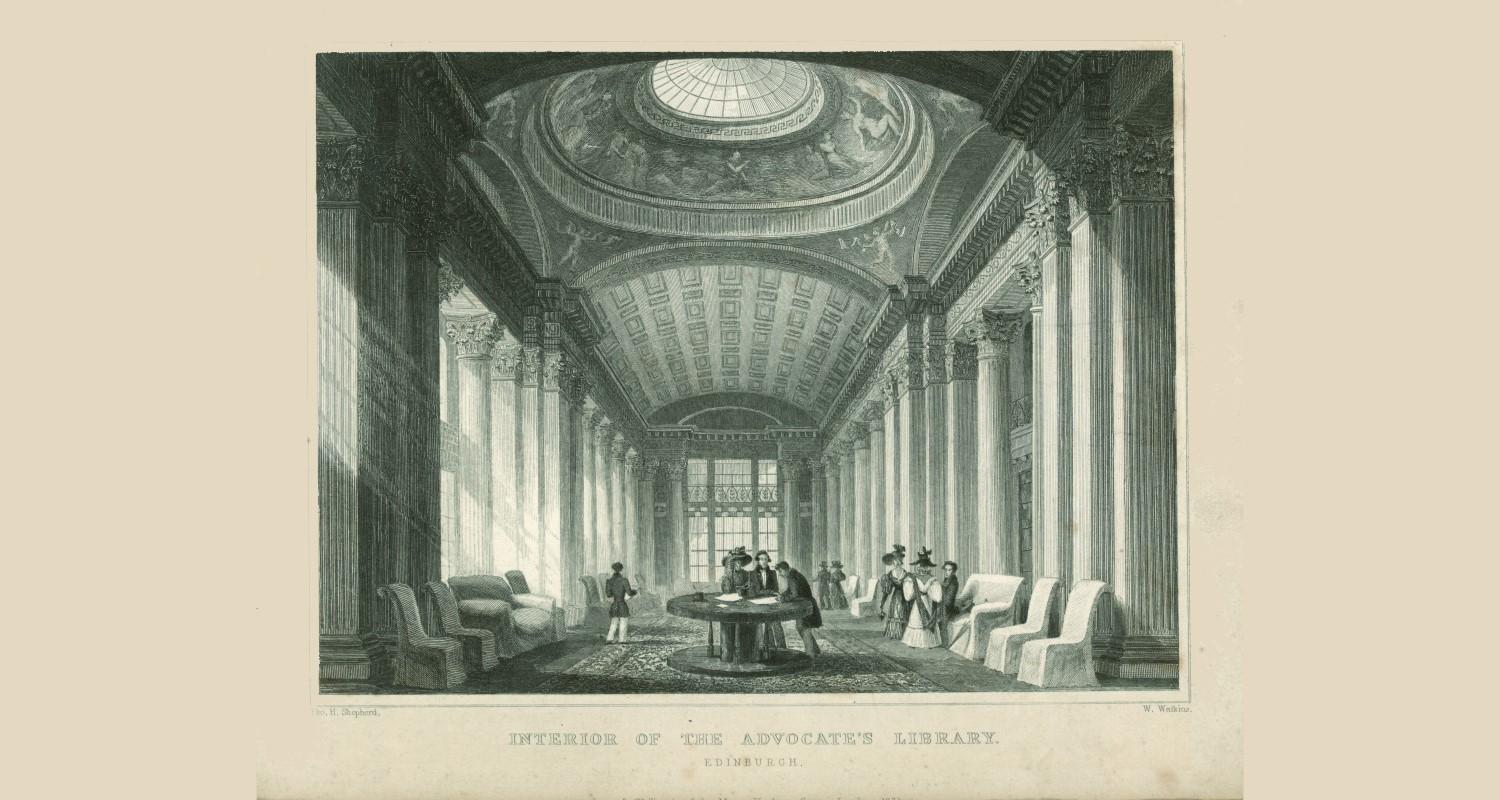The Library of the Faculty of Advocates played an important role in the dissemination of ideas during the Scottish Enlightenment. The Edinburgh literati used the rich collections of books and manuscripts when researching their own works, while the building itself hosted meetings of the Select Society. This talk focuses on the important role which the Library played in 18th-century Edinburgh, and the significance of Keepers of the Library such as Thomas Ruddiman and David Hume.
Ralph McLean is Curator of Manuscripts for the long 18th-century collections at the National Library of Scotland, whose collections were formerly in the possession of the Faculty of Advocates until the establishment of the National Library in 1925. He curates manuscript collections of key Scottish Enlightenment figures such as David Hume and Adam Smith.
The National Library of Scotland will be celebrating its own anniversary in 2025 with special programming in Edinburgh and further afield to mark its Centenary year.
Edinburgh is 900 Years Old!
In 1124 King David I introduced a new system of local government into Scotland by creating royal burghs as part of his efforts to reform the nation’s economic and political structures.
Edinburgh was one of his first royal burghs, along with Berwick, Dunfermline, Roxburgh and Stirling.
While there is no surviving founding Edinburgh charter, an 1127 Dunfermline Abbey royal charter refers to ‘my burgh of Edinburgh’. In 1128, Canongate Burgh was created for Holyrood Abbey.
After the Reformation, Edinburgh spent considerable effort acquiring the former abbey’s lands over the following 200 years. It acquired Canongate then created a new burgh for South Leith in 1636. The burghs of Broughton, Calton and Portsburgh were also acquired and run by Edinburgh. This complex system of governance was abolished in 1856 when all burghs under the management of Edinburgh were merged into a single burgh.
In 1833, Portobello and Leith were made independent parliamentary burghs under the Burgh Reform Act. They ran their own affairs until amalgamated into an expanded Edinburgh in 1896 and 1920, respectively. 1975 saw the last expansion of the city’s boundaries, including Queensferry, which had been made a royal burgh in 1636.
Edinburgh has selected 2024 to mark the start of the 900th anniversary of our city, and to tell the story of Edinburgh’s journey through the centuries from the 12th century City of David right up to the 21st century, the City of Diversity. Our talks at the City Art Centre will celebrate the 10 themes and will span a period of summer 2024 until August 2025.

The Library of the Faculty of Advocates in the Scottish Enlightenment: A Locus for the Exchange of Ideas
